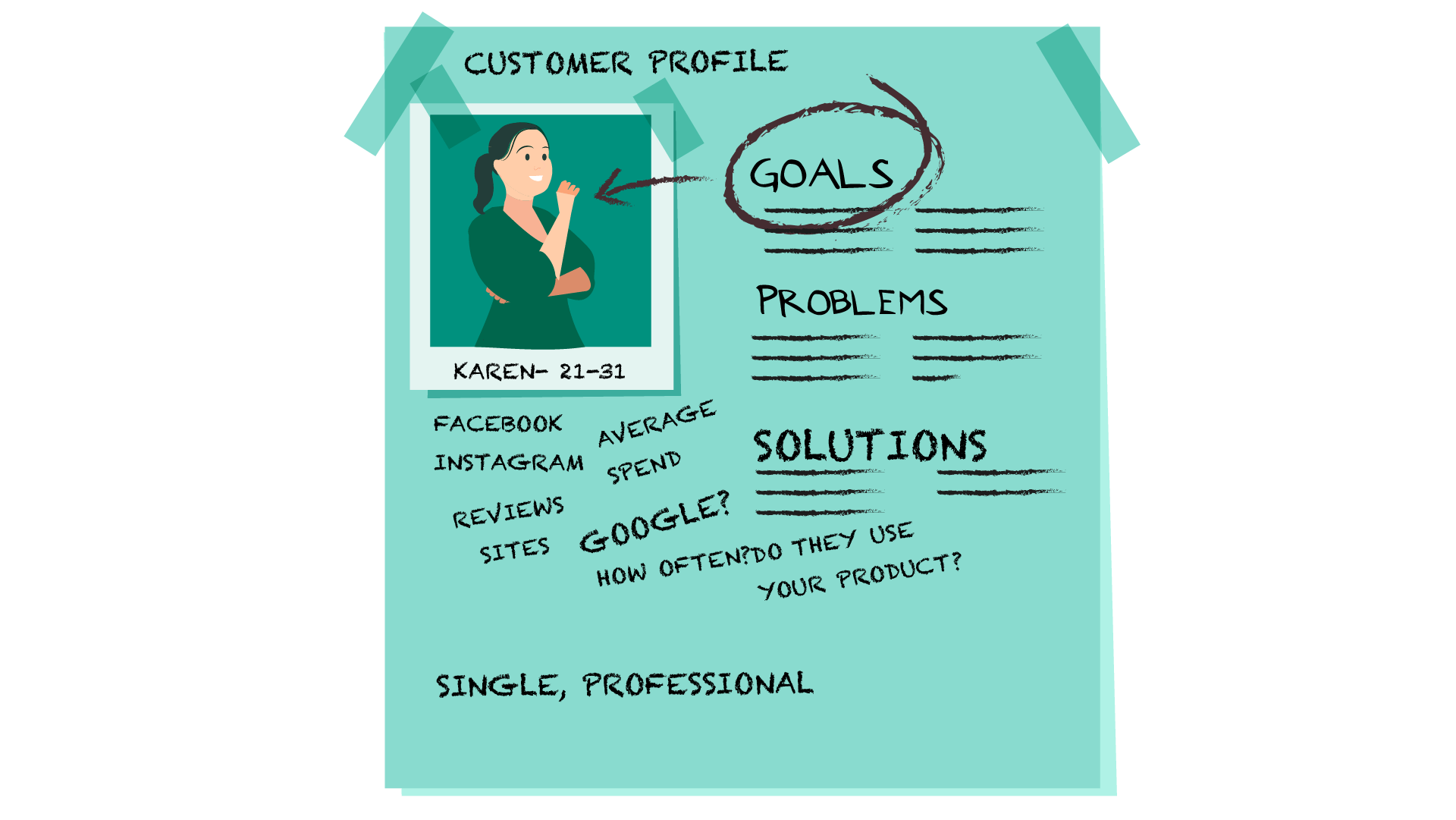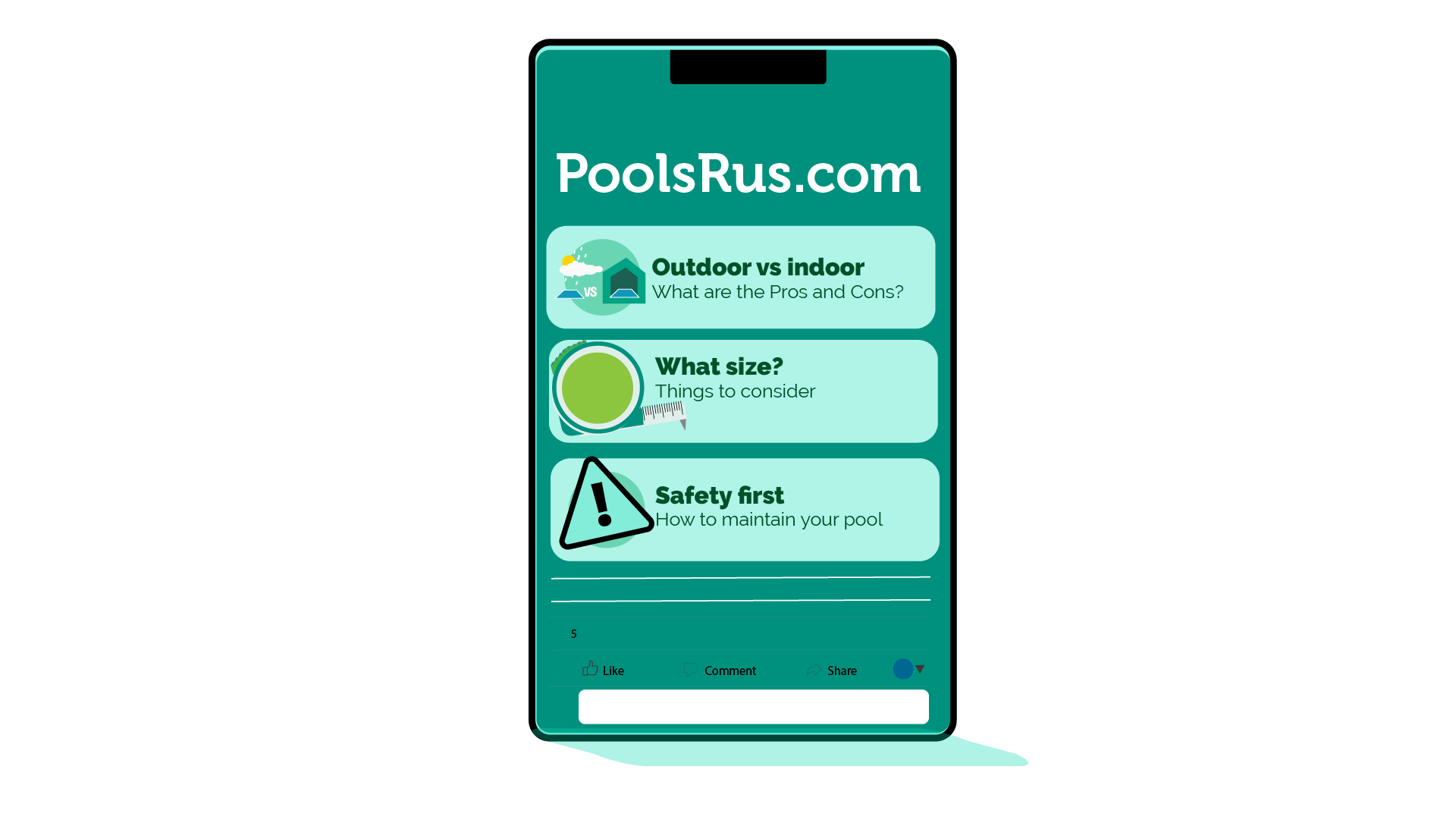Business starts with the customer – everything you do in your business is about creating customer connections and working to make those relationships stronger. This is also the point of value-based content marketing.
It makes sense, therefore, to use the same strategy in your marketing, too.
If the basis of a good business strategy is, to a large degree, about connecting effectively with the customer, then in marketing terms it’s important to think about your messages and the types of connections you want to create too.
Great marketing is about creating genuine, lasting connections with your audience and turning that audience into customers, and then repeat customers, who love what you do.

Creating value for the customer
The ways in which you connect with your customers or potential customers are critical to your success.
You need to think about the best way to create value for your customers through your marketing content, so you automatically build stronger connections with your customers.
Creating valuable content means considering what your customers are trying to achieve when they interact with you and aligning your marketing around their goals, rather than simply promoting your own business agenda.
This means your marketing must be customer-centric, not product-centric.
You are putting the customer’s needs first.
The more value you can create for your customers around your subject area, the more trust-worthy you become, and the more people buy from you and believe you to be the go-to authority in that area.
Value-based content is the gift that keeps on giving
Ultimately, you want your customers to return to you again and again, to hold you above the competition as the best place for information and service in your field.
Effective marketing is all about understanding what the customer is looking to solve and creating solutions to help them achieve that goal.
 This approach is the definition of adding value for your audience.
This approach is the definition of adding value for your audience.
There are loads of ways to communicate with your audience; email, social media, PPC and podcasts are a few examples. You need to decide which mediums are the most effective for your business and how best to create content which can then be utilised across all the marketing activity you do.
Provide your target market with more than they ask for, give them knowledge, tips and interesting articles around your subject.
Entertain and teach them. Make your site their valued ‘go-to’ for everything within that field.
Better connections = more leads = more sales
It’s in your interests to build authentic value-based relationships with your customers, if you want to have authentic valuable long-term customers.
Of course, every business wants to succeed in selling – the purpose of value-based marketing is about forming better connections with your customer through delivering great content.
Developing stronger connections means you’ll naturally get more leads which can then turn into sales as a result of your content marketing.

Having a marketing strategy which is aligned to building connections provides a logical sense of purpose and an authenticity – something that is hard for others to replicate.
Creating great content means you’re far more likely to gain those valuable leads that transform into genuine, loyal customers, because they are investing time in what you have to say, before even speaking to you – moving your business away from being purely transactional.
Creating engaging content is everything now – people are constantly looking for reliable content to help inform their choices and how to spend their money.
They are looking for support to make smarter purchasing decisions.
We are all bombarded with adverts on a daily basis – reportedly up to 1000, and some say up to 5000. We pay very little attention to most. We have learnt to filter out most as simply online noise.
So how do you cut through the mass of ordinary, aggressive, annoying or downright bland messaging in today’s world and create something that works?

Use your marketing to stand out from the crowd
You stand out by creating unique content which provides customer value.
This doesn’t necessarily mean spending loads of money – it could simply means creating a great blog or writing some informed articles on a particular customer pain point.
As a business in such a crowded marketplace, your marketing content needs to be able to build a genuine connection quickly that answers a need – this is creating value for the customer.
Content which entices, informs and educates
Today’s discerning consumers are looking for content that helps them achieve their goals and answers their questions clearly in an honest way.
To help do this, your content needs to either educate, inform or entertain.
 By creating quality content that is specifically directed towards answering your customer’s needs, you’ll create a valuable relationship, which in turn will lead to a far more sustainable, solid level of growth, both in sales and in customers.
By creating quality content that is specifically directed towards answering your customer’s needs, you’ll create a valuable relationship, which in turn will lead to a far more sustainable, solid level of growth, both in sales and in customers.
The content you create can then be shared across all your different marketing mediums to maximise your ROI.
Not only does creating value-based content deliver what the customer wants, but you’ll see a boost in your search results because Google ranks companies who post more content online higher than those who don’t.
Google specifically looks for problem solving topics and subjects and promotes those who do it well.
The more content you post, the higher you will rank – and the more consistent you are, in terms of how and when you deliver your content, and the style and topics your content covers – the more Google will promote you.

People want to trust and rely on companies
As humans we have an inherent desire to connect with each other and with those communities (businesses or not) we invest in, but we naturally look for warning signs not to trust too.
This is why consistency and authenticity is so important.
If you can create content that answers customer questions in an authentic and meaningful way, whereby the customer values you enough to return to you for more information – the likelihood is that the trust is built and therefore the situation primed for any sales to take place.
Value-based marketing is about building the trust before you ask for long-term commitment.
How to build trust with your customer
When you try to create great content, it is imperative to start with trying to understand what the customer wants to achieve and then create content that helps them reach that goal.
You want to be the lead authority in solving your customer’s problems in your subject area of expertise, in the most direct and honest way possible.
Understanding customer pain points

Try to understand your customer, right down to imagining what choices they might make in every-day life.
What do they Google? How might they make purchasing decisions?
Can you identify the common pain points your customer might have?
Once you create that customer profile, you’ll have a lot more understanding of who you are talking to and how to authentically help and influence their decisions.
Compare your problem solving to the competition
Look at your competition, are they helping your customers solve their issues?
If yes, they are taking customer attention from your business.
They are already building the very connections you should be looking to build.
Compare content across your market, see who is doing what and how well they are performing.
Take heed of what other companies have done well and think about applying this towards your own audience.
Content that solves problems: An example
Let’s say you want to buy a swimming pool.
What questions are you asking, what will you want to know?
The sorts of questions you might ask might be:
- What size is best for my home?
- Is an outdoor better than indoor?
- Maintenance – heating, depth, safety, materials, cleaning.
- What cost and how can I pay for it?
 A great way of enticing you to buy that swimming pool you’ve been thinking about might be for a swimming pool company to create really useful content which answers each of the questions you might have.
A great way of enticing you to buy that swimming pool you’ve been thinking about might be for a swimming pool company to create really useful content which answers each of the questions you might have.
That business would be found for loads of keywords associated with questions on the subject so they will rise up in the SEO pages, giving you confidence that you can trust them.
Over time, that business will become the trusted ‘go-to’ for people wanting a swimming pool, not simply because they sell them, but because they provide valuable content around the subject of pools.
It’s not about being fancy with tech-savvy stuff or throwing tons of cash at advertising, but about providing your customers with valuable information and practical advice.
Aligning your content towards the sale
It’s helpful to think about the quality of your content as being an instrumental part of your eventual sale.
If you can build a positive relationships and conversations with your customers, it helps build trust.

Don’t just talk about how great your product is – give information that is accredited or has some authority on why it is a good choice for your customer.
The better quality the information you provide – and the more exactly it answers the customers need, the more you are helping them towards trusting you and can make an informed purchase when they do convert.
Referring to the earlier example, you want the pool you’ve been dreaming of forever, so naturally you’re looking for answers about the best size, depth, style and maintenance of it before you buy it.
It’s way more likely that you’d go to the website of the pool company that gives you reliable, helpful information on this, than any other place – right?
As a secondary benefit, great content will improve your lead to sale conversion rates as customers will already know what they want to buy and what are the key factors they need to consider (based on your content), bringing down your CPA (cost per acquisition) for all your marketing activities.
A few more examples of value based marketing
It might be you are a jewellery company – so you could create some amazing content from a specialist about the properties of different types of stones and metals.
Or you might be a builders merchants and want to sell more doors – so you could build some nice image driven content around quality wood doors or how to choose colour for your front door.
Each of these examples is helping the customer solve an issue whilst crucially being aligned to completing a sale.
All your content should be moving the customer in a sales orientated direction.

Getting started with value-based content marketing
Think about what content your business could create to solve customer problems.
Look at your marketing strategy to align your approach to solve customer problems.
Consider creating a mission statement to focus your energy towards solving customer problems too.
Then start creating value content, for example:
- Provide free innovative and original advice / top tips /faqs
- Offer insight into the brand – testimonials and staff stories
- Personalise communication (tailor apps / newsletters)
- Create blogs, podcasts or articles on a subject of interest
- Create purchase or how to guides to be downloaded
Why you should invest in value-based marketing
Remember the market is always moving. Your competitors are always looking at ways to move ahead of you.
Taking a value-based approach to your marketing is about differentiating yourself from the rest of the market and creating value for the customer – it’s getting ahead of the competition by being proactive and providing solutions.
Value based content marketing provides your business with a logical and efficient way to speak to your audience.
How to get started with value-based marketing
Once you’ve begun to think about your customers and business in this new way, you’ll see how many opportunities you have to build great content.
You now have an opportunity to explore multiple ways to start speaking to your target audience.
Remember, the key thing is to get started and keep amending your attempts, which is far better than never trying.

A quick summary of everything we have covered:
Here’s a brief reminder of what you need to think about when creating great content.
- Know what value you are providing for your customer
- Work out the problem you are trying to solve for the customer
- Create a marketing plan of attack and build a strategy around it
- Start creating decent content
- Aim for weekly and build up over time
- Measure, change, edit
If you need some help with all this, speak to a marketing consultant such as myself to help you build a marketing strategy that will get your website on the road to long-term content marketing growth.
Do you have a different definition of value-based marketing?
Let us know what you think in the comments section below.







